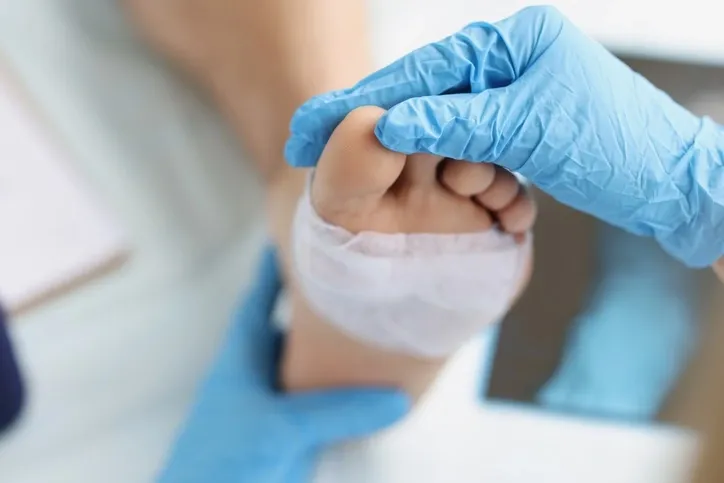
Key molecule in wound healing identified

Photo & Press Release: Karolinska Institutet
A new study by researchers from Karolinska Institutet in Sweden and the Chinese Academy of Medical Sciences has uncovered a crucial RNA molecule involved in skin wound healing. Published in Nature Communications, this discovery may open new avenues for treating difficult-to-heal wounds.
The research highlights the molecular processes behind wound healing, particularly the transition from inflammation—a critical defense mechanism—to the proliferative phase, where tissue regeneration occurs. By analyzing human skin samples from Karolinska University Hospital, the scientists identified lncRNA (long non-coding RNA) molecules that regulate wound healing, with SNHG26 emerging as a key player.
“Our findings show that the lncRNA molecule SNHG26 plays a central role in moving skin cells from the inflammatory stage to the healing phase,” says Ning Xu Landén, Associate Professor at Karolinska Institutet’s Department of Medicine, Solna.
Mouse models further demonstrated that a lack of SNHG26 delayed wound healing, underscoring its importance in maintaining the balance between inflammation and tissue repair. This discovery could lead to novel therapeutic strategies for treating both acute and chronic wounds.
“Targeting SNHG26 could potentially speed up healing and reduce complications, particularly in chronic wounds where prolonged inflammation poses a significant challenge,” Ning Xu Landén explains.
The research team at Karolinska Institutet continues to investigate how regulatory RNA molecules, including both lncRNAs and Nobel Prize-winning microRNAs, influence skin repair processes. Their goal is to develop innovative treatments for wounds that are difficult to heal.
This study was conducted in collaboration with Dongqing Li from the Chinese Academy of Medical Sciences and supported by several foundations and research councils, including the Swedish Research Council and the National Natural Science Foundation of China.
During Skin Challenges 2024 meeting, we will discuss about Wound Healing and Skin Ageing.
For mor information: https://skin-challenges.com
”The lncRNA SNHG26 drives the inflammatory-to-proliferative state transition of keratinocyte progenitor cells during wound healing”, Dongqing Li et al. Nature Communications, online 5 October 2024, doi: 10.1038/s41467-024-52783-8.
Did you like the news ? Please share it with your circle.